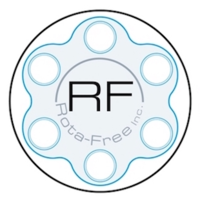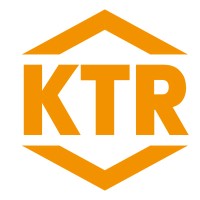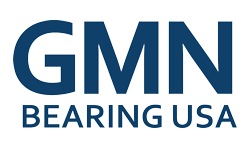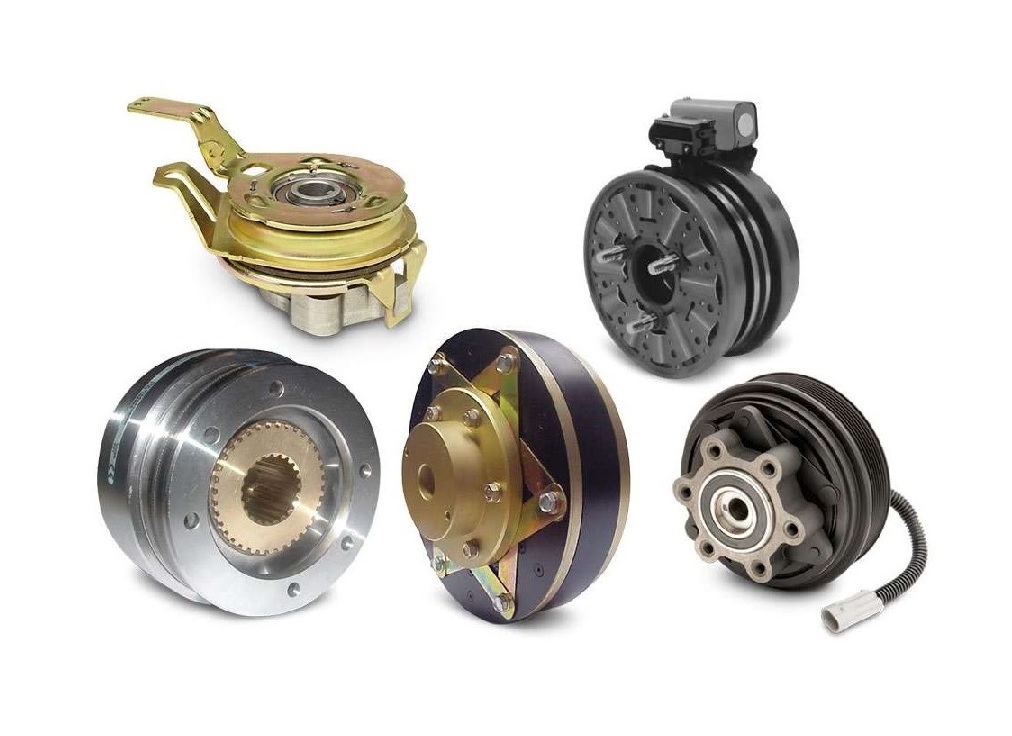
Clutches and Brakes
A clutch is a mechanical device that engages and disengages power transmission, especially from the driving shaft to the driven shaft. Clutches connect and disconnect two rotating shafts (drive shaft and driven shaft). Their purpose is to transfer torque between shafts spinning at different speeds.
A brake is a mechanical device that prevents motion by absorbing energy from a moving system. This is used for slowing, stopping, or preventing a wheel, axe, or vehicle from moving through friction.
HVH Industrial works with manufacturers' specialized engineering teams to meet our customers' requirements and highest quality standards.
If you have any questions, write us via live chat (one of our team members will answer your questions), give us a call, or send us a quote request. The HVH team is always ready to help you.
 1(866)577-4040
1(866)577-4040
or
Manufacturers
Clutches
A clutch is a mechanical device used to engage and disengage power transmission from the driving shaft to the driven shaft. The driving shaft is connected to a power unit, and the driven shaft supplies the power output. A clutch consists of four main components: flywheel, friction disk, pressure plate, and the spring and levers. The flywheel is mounted on the crankshaft and always runs as long as the motor is working. The friction disk is mounted on the outer part of the flywheel and can be a single disk or a muli disk. The pressure plate also consists of another friction disk mounted on the splined hub. The spring's role is to move the friction disk back and forth, and the levers are used to retract the spring.
Types of Clutches
Clutches are used in every bike, car, truck, and various other vehicles and machines. There are many types of clutches, each type with its own application based on power/torque capacity and other design constraints. The main types of clutches are Single Disc, Multi-Disc, Hydraulic, and Electro-Magnetic clutches.
Single Disc Clutches
The single-disk clutch is one of the most popular clutches and is primarily used in lightweight automobiles to transmit torque from the engine to the input shaft. It is called a disk(plate) clutch because power is transmitted through friction between the contact surface. As its name implies, it consists only of a single plate, is made of metal(steel), and has a ring of friction lining on each side which has a significant coefficient of friction.

Single-Disc Clutch by Warner Electric
Multi-Disc Clutches
Multi-disc clutches work in the same concept as single-disc clutches but with multiple plates or friction discs. Multiple discs lead to more friction surfaces and increase the clutch's ability to transmit torque. Multi-disc clutches are used to transmit high torque in racing cars, motorcycles, and heavy commercial vehicles. There are two kinds of multi-disc clutches dry and wet. If the clutch is operated in an oil bath, it is a wet clutch, and if the clutch is operated without oil, it is known as a dry clutch.

Multi-Disc Clutch by Stromag
Hydraulic Clutches
Hydraulic clutches employ a hydraulic fluid(oil) to extend and retract pistons, which engage and disengage the clutch to transmit torque and are mainly used in automatic transmission in vehicles. Hydraulic clutches consist mainly of a pump and turbine with blades mounted at a certain angle. The turbine is attached to the output shaft and the pump to the driver shaft.

Hydraulic Clutch by Warner Electric
Electro-Magnetic Clutches
Electric clutches convert electrical energy into mechanical energy. An electromagnetic field is generated when the power source passes the current. The clutch is engaged when the electromagnetic field attracts the plate and disengages when the power source stops passing a current.

Electromagnetic Clutch by Warner
Brakes
A brake is a mechanical device that absorbs the mechanical energy of a system in order to reduce its speed or stop it entirely by a friction force. The absorbed mechanical energy is converted into heat energy.
Types of Brakes
Every machine has its own braking system to stop it. There are many types of brakes and each type with its application. The main types of brakes are electromagnetic brakes, hydraulic brakes, and emergency brakes.
Electro-Magnetic Brake
The main principle of electromagnetic brakes is the use of electromagnetism to accomplish frictionless braking. A magnetic flux passes in a perpendicular direction to the rotating wheel. A rapid current flowing in a direction opposite to the wheel's rotation creates an opposing force to the wheel rotation, which reduces and slows down the speed.

Electro-Magnetic Brake by Stromag
Hydraulic Brake
A hydraulic brake is a type of braking system that uses hydraulic fluid to transfer pressure from the brake pedal to the disc caliper to achieve braking. The brake fluid used in this mechanism usually contains glycol ethers or diethylene glycol. The mechanical force is converted to hydraulic pressure by a device called a master cylinder.

Hydraulic Brake by Stromag
Emergency Brake
An emergency brake is a mechanism that provides an emergency stop when the hydraulic brakes fail. It is a secondary braking system with a completely separate mechanism from the normal brake system and is designed to stop a machine as quickly as possible. The emergency brake consists of a cable connected to two wheels attached to a pulling mechanism.

Emergency Brake by Stromag



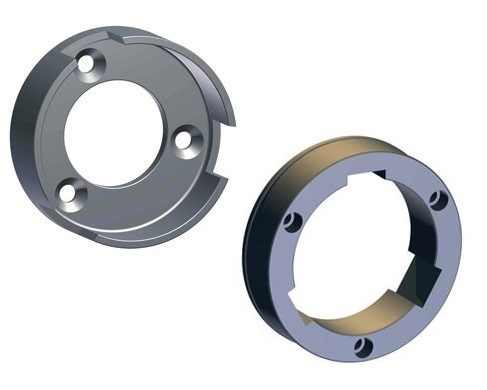
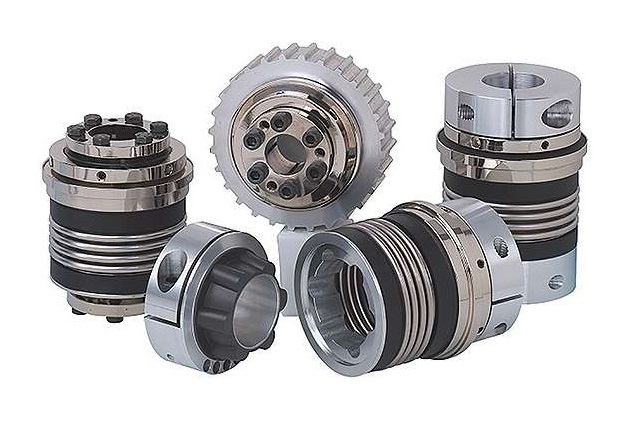




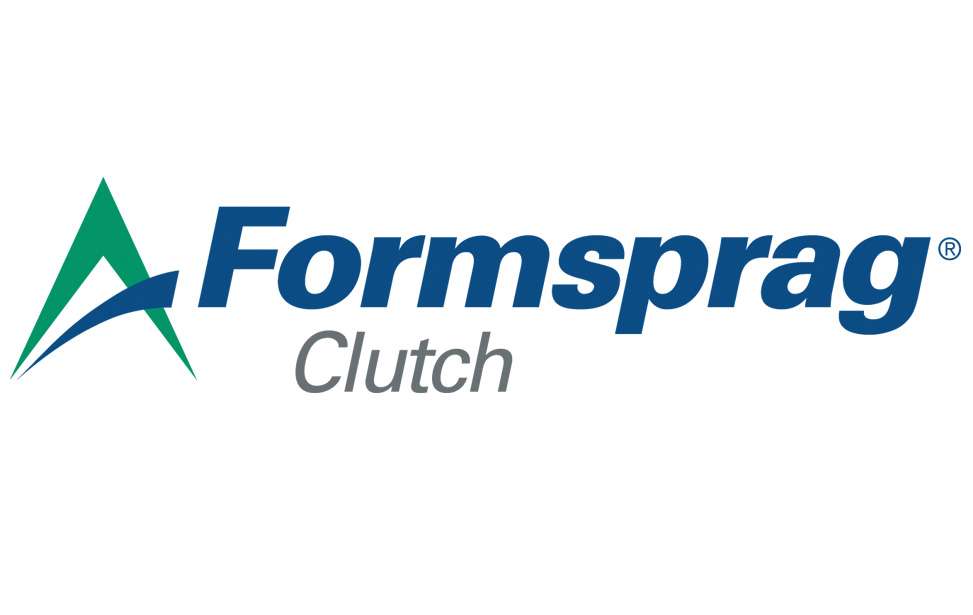

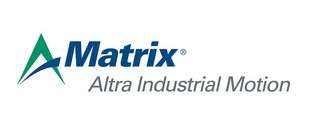


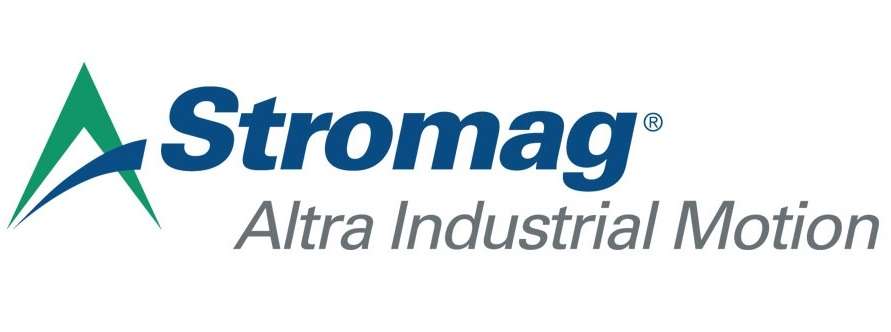
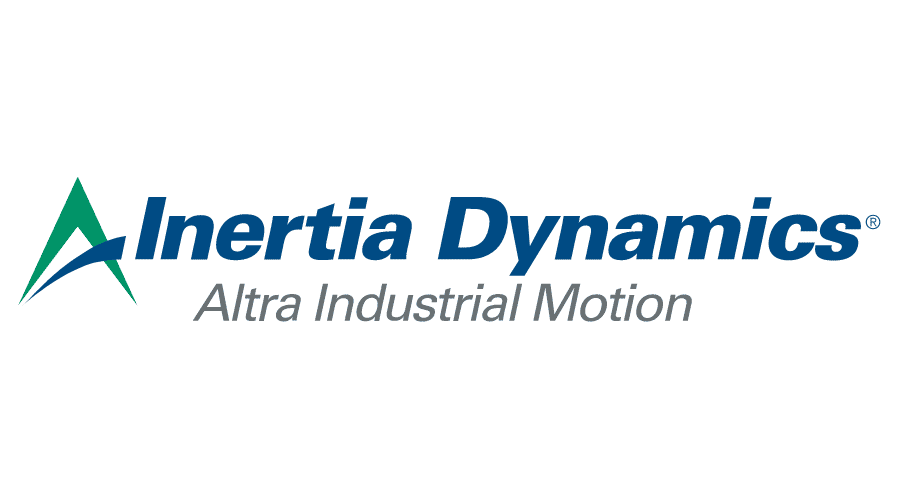
.png)

